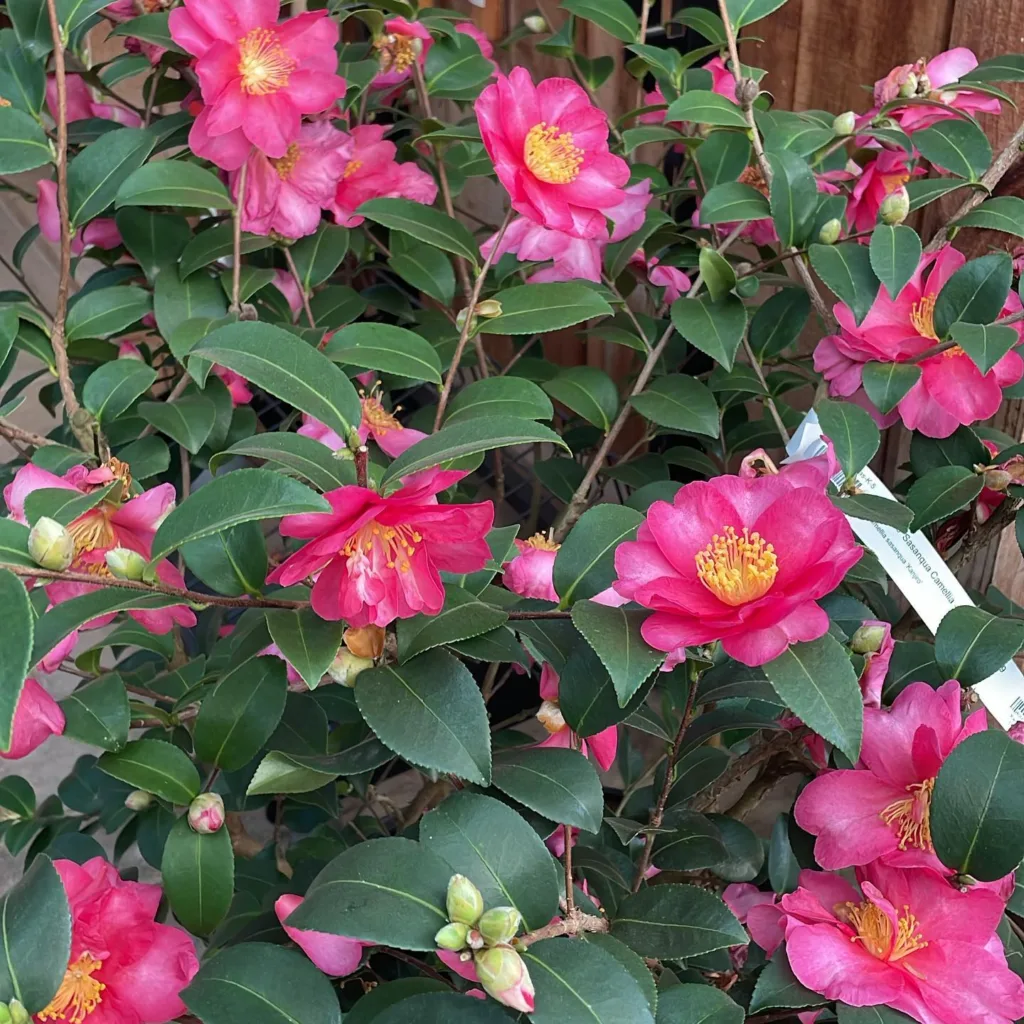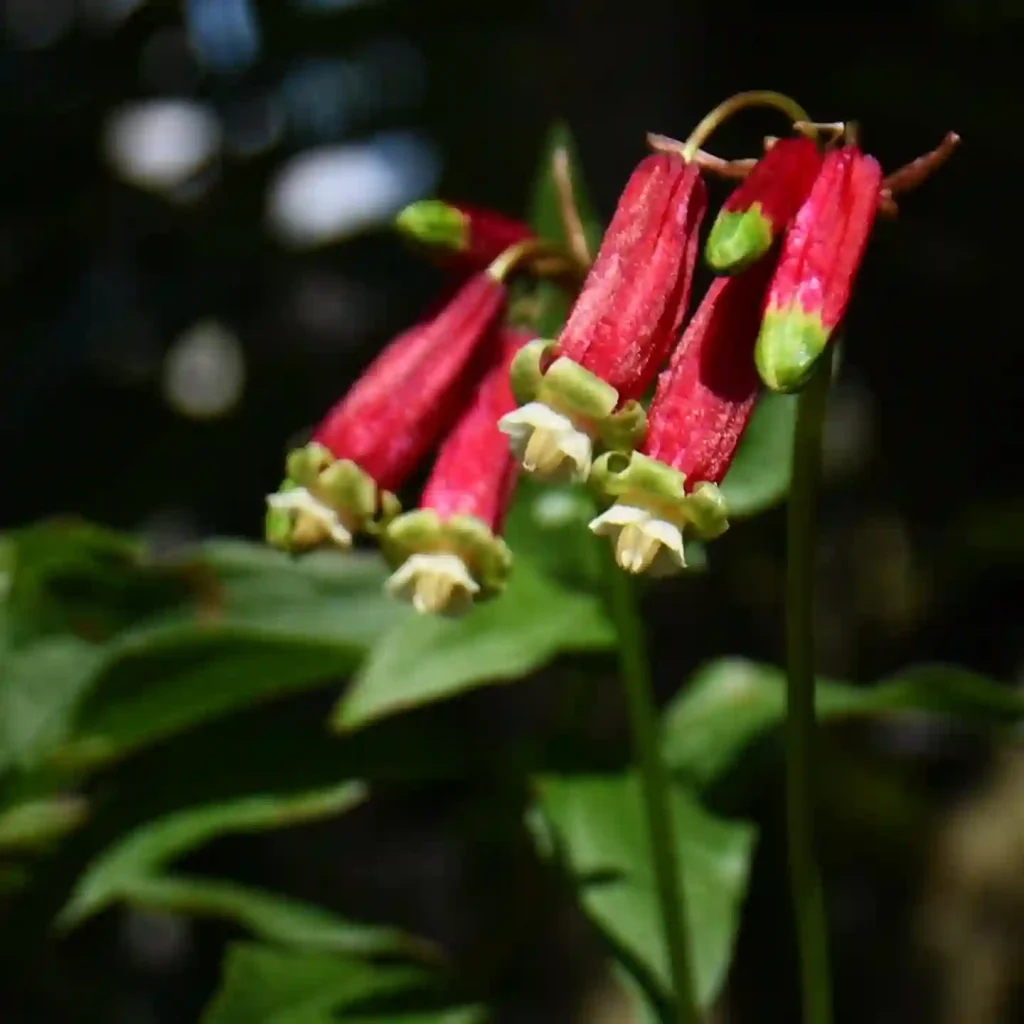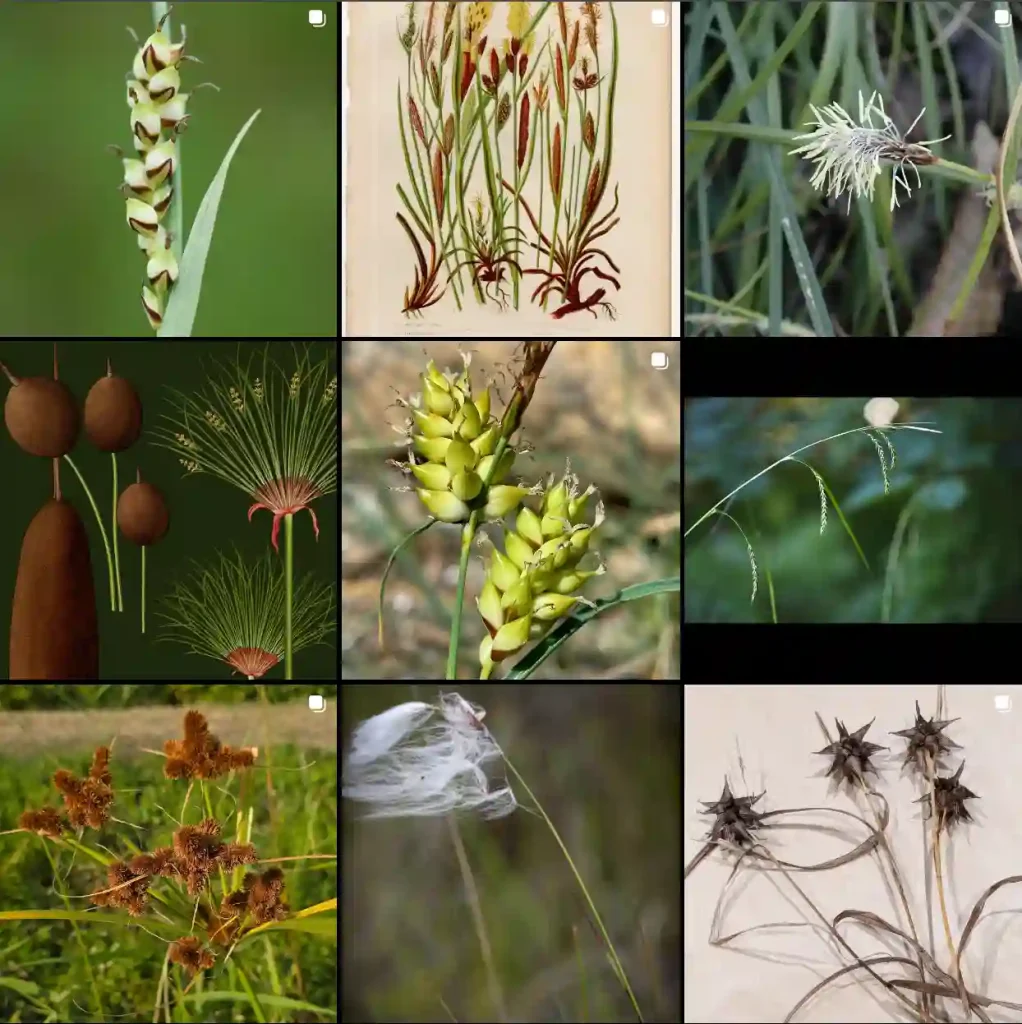Carex Grayi: A Star Sedge for Your Garden
For the past few years, I’ve been on a mission to transform my backyard into a haven for pollinators and native plants. One of my recent discoveries, Carex grayi, or Gray’s Sedge, has quickly become a star player. This easy-going perennial adds not only year-round visual interest but also provides food and shelter for a variety of wildlife.
2324 Species in Genus Carex
What is Carex Grayi?
Carex grayi, a member of the sedge family, is a clump-forming, cool-season grass native to eastern North America. It thrives in moist areas but can tolerate drier conditions once established. Growing to a mature height of 2-3 feet with a 2-foot spread, it features slender, arching green foliage that provides a textural contrast to broader-leafed plants. The real showstopper, however, are the unique seed heads. Emerging in spring and lasting well into fall, these pale green clusters resemble three-dimensional stars, adding a touch of whimsy to the garden. Even in winter, the dried seed heads retain their visual appeal, creating a touch of textural interest in the dormant landscape.
How to Care for Carex Grayi?
As a low-maintenance plant, Carex grayi is a gardener’s dream. It prefers full sun to part shade and thrives in moist, well-drained soil. Amending your planting bed with compost before introducing Carex grayi will help ensure good drainage and provide essential nutrients. Once established, it’s quite drought-tolerant, requiring supplemental watering only during extended dry periods.
How to Divide Carex Grayi?
Carex grayi spreads slowly by underground rhizomes, forming a dense clump over time. If you wish to propagate or rejuvenate your existing plants, division is the way to go. The ideal time for dividing Carex grayi is in early spring or fall when the plant is actively growing. Here’s a quick guide:
- Dig around the base of the clump with a shovel, creating a circle about a foot away from the crown.
- Carefully lift the entire clump with a garden fork.
- Using a sharp knife or spade, gently divide the clump into smaller sections, ensuring each section has healthy roots and foliage.
- Replant the divisions immediately in prepared holes, spacing them according to your desired mature size. Water thoroughly after planting.
Can Bearded Dragons Eat Carex Grayi?
While Carex grayi isn’t toxic to bearded dragons, it’s not necessarily the best dietary choice for these reptiles. Bearded dragons are omnivores and require a balanced diet rich in protein, calcium, and essential vitamins. Carex grayi is low in nutritional value and wouldn’t provide the necessary nutrients for a healthy bearded dragon. Stick to a commercially prepared bearded dragon diet and offer occasional treats like vegetables and insects.
Do Snakes Like Carex Grayi?
Snakes are attracted to areas that provide them with shelter and potential prey. The dense foliage of Carex grayi could offer some hiding cover for smaller snake species. However, Carex grayi itself wouldn’t be a food source for snakes. If you’re concerned about attracting snakes to your garden, consider planting other native plants that provide minimal hiding places, such as ornamental grasses with open centers.
Planting Partners for Carex Grayi
Carex grayi’s versatility makes it a valuable addition to various garden styles. Here are some ideas for planting companions:
- For a sunny border: Combine Carex grayi with colorful perennials like daylilies, bee balm, or coneflowers.
- For a moist meadow: Plant Carex grayi alongside other moisture-loving natives like blue vervain, swamp milkweed, or Joe-Pye weed.
- For a container garden: Pair Carex grayi with other water-loving plants like ferns, hostas, or dwarf irises.
By incorporating Carex grayi into your garden, you’ll not only add beauty and texture but also create a haven for pollinators and provide valuable habitat for wildlife. So, give this easy-care native sedge a try and watch your garden come alive!
If i die, water my plants!



